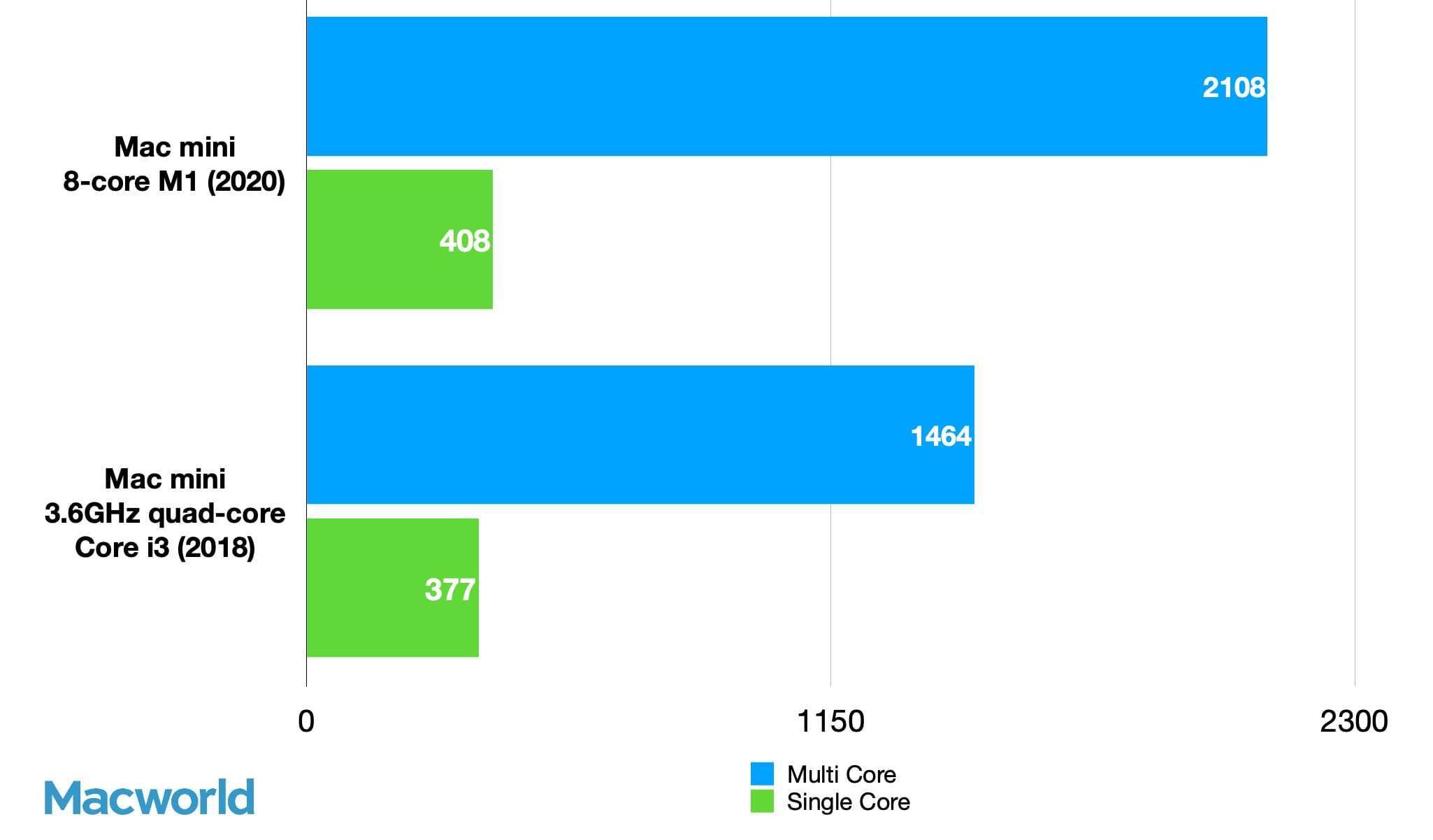
Plus, they don’t have to care for hundreds of combinations, while BM is developing for three platforms.īM had one of the earliest native NLEs for M1, there was no „interim“ solution. And then, the developers probably had access to the M1 hardware long before anyone outside. FCP was always very well optimized for their own hardware, even on Intel. IMHO nothing has changed, but some people jump on a hype and don’t care for the details. But my personal experience bears out their conclusion.
#Cinema grade mac m1 Pc
So if you have a PC from 2015 or 2016, be aware that these MacBooks likely won't be any faster." Now you can certainly argue that they have a big axe to grind here as their business is selling powerful PCs for creative applications. Puget Systems did an early look at the Apple M1 MacBook vs PC Desktop Workstation for Adobe Creative Cloud and concluded that " Another way to look at it is that these new MacBooks (and presumably the Mac Mini) are roughly equivalent to a desktop that is around 4-5 years old.
#Cinema grade mac m1 drivers
Some people have no problems with Resolve on their PCs, but it appears to be something of a lottery as to whether a particular PC has a the right combination of components and drivers to work reliably in Resolve without crashing. H265 seemed to be particular crash-prone on the PC.
#Cinema grade mac m1 driver
The PC with same footage was much more playable in 4K but would crash about every 10 minutes no matter how often I updated the Nvidia driver (Studio version only). The one big advantage the Mac Mini M1 has is that Resolve has only crashed once in 2 months of use (v17 up to 17.1.1), which is spectacular for me and is the one big reason I prefer to use it rather than my old PC. Perhaps the footage chosen in the various reviews is better optimised on M1? Or maybe there was little to no grading? So I don't understand either where all the M1 rave reviews for Resolve came from. I have to use the new "Render in place" feature to make a Magic Mask clip playable after it eventually completes.įinal delivery rendering in both cases is considerably slower than my 5 year old PC (Intel i5 4 core CPU, 16GB RAM, Nvidia 1080Ti GPU). Some new features like the Magic Mask bring the M1 almost to a dead halt. In both cases I have only light grading (WB, exposure correction to Rec709) with perhaps some mild sharpening here and there and some lens correction for the GoPro stuff. On any other setting it stutters, even when fully cached. If I turn off the proxy and wait several minutes, an HD timeline will eventually fully cache (the red line becomes blue) and it then become fully playable without stutters.ĤK: however with the same footage on a 4K timeline, I have to drop to 1/4 resolution for no-stutter playback. HD: I often have to drop to Timeline Proxy half resolution for playback of BRAW and H265 (Mavic drone & GoPro 9) footage. But mine is not as bad as the results you are getting - perhaps try working from the internal SSD rather than your external one or try a different cable? However I've found it to be no more than OK at best in Resolve. It's a great general purpose little machine and is super-fast and totally silent in regular applications - it's a joy to use.

I've got a Mac Mini M1 with 16GB RAM and have also been not impressed with the performance in Resolve (Studio version).


 0 kommentar(er)
0 kommentar(er)
